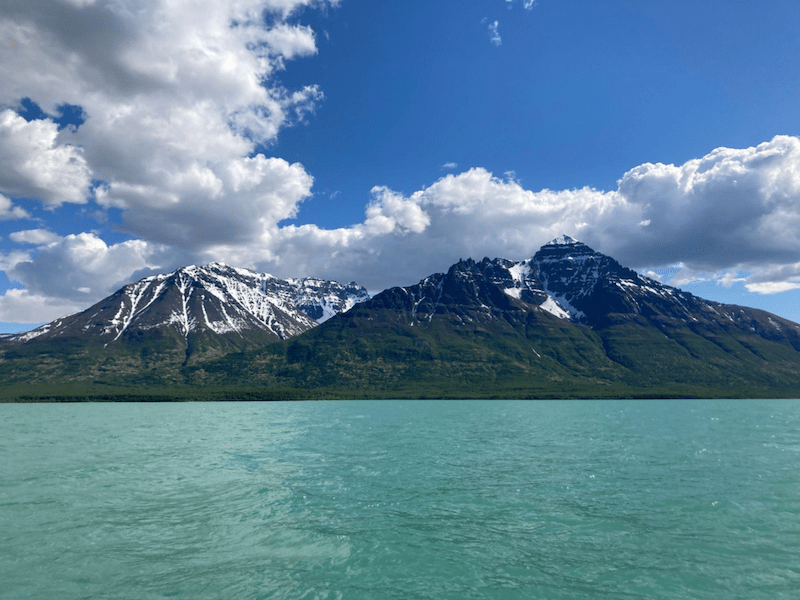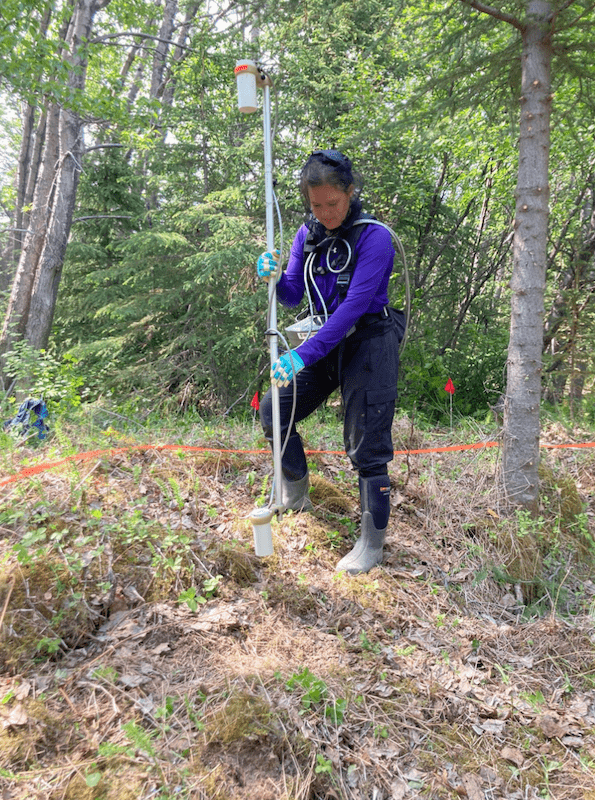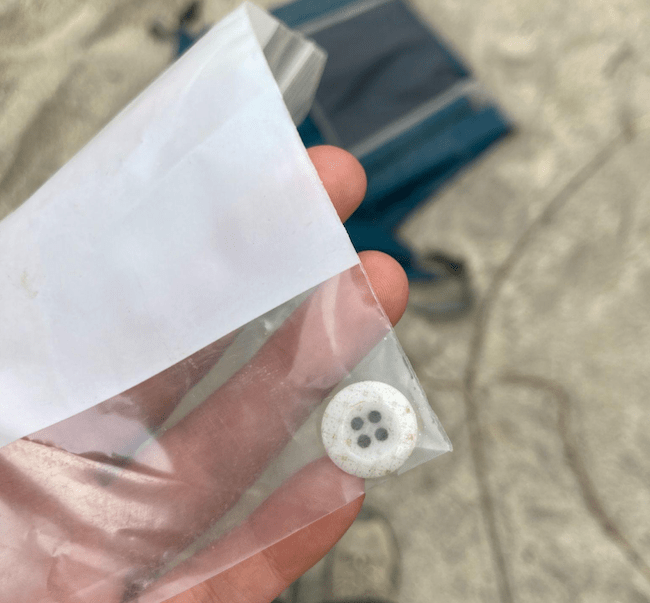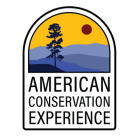Working at the Savonoski River Archaeological District
Written by: Madeline Jennings
Working at Katmai National Park in Alaska allows access to some truly amazing natural areas and archaeological sites. The Cultural Resources team here has many field trips planned, in the hopes that we will be able to go out and have an extremely productive season. So far, that has been true!
Our first backcountry trip took us to the Savonoski River Archaeological District. This area marks one of the many that was impacted by the Novarupta event of 1912. While devastating, and heavily impacting the lay of Katmai’s land, many different villages were able to fully evacuate due to the length of the event and the warning signs. What Novarupta has left us with, among other things, is an ash layer that covers many sites as a stratigraphical layer in the soil, serving as an extremely helpful dating indicator.
This area is, to begin with, absolutely beautiful. We got there by boat, and were picked up by boat to go back to King Salmon, and though the ride was very windy and a bit chilly, the views were unmatched. The water was unlike any I have seen so far; glacial water has such a pretty color. As well, we were almost always surrounded by mountains, which was an amazing experience. It is especially fun for me to compare the landscape here to the ones that I am used to, back home in Missouri or Oklahoma. They differ quite a lot. The backcountry itself requires a fair amount of training to be able to go out for fieldwork, as the bear population – and wildlife populations in general – in Katmai are rather dense. We always camp with bear fences. We had no bear encounters though! Moose, eagles, and squirrels were the majority of what we saw. The nice thing about this Savonoski trip was that our camping site was pretty close to all of the sites that we worked on, and was right on the river bank. The sites were mostly residential, and we were looking to see if we could locate hearth areas, so nothing was super spread out.

View from the boat ride to Savonoski
In order to find these hearths, we used a magnetometer to survey our grids. The magnetometer detects magnetic interference in a continual way and creates a data map, or you can view it as a chart. Within this data will be abnormalities, and those are what we excavated. The magnetometer is a very cool piece of equipment, but you cannot wear metal while operating it, which meant that whoever was operating it could not wear their bug jacket. There are a lot of mosquitos in Savonoski, so that is a brave sacrifice. I was lucky in that I had a head net with no metal in it to wear. The reason that the magnetometer can locate hearths is that places that have been superheated create pockets of magnetic difference, and the magnetometer can detect those.

Me (Madeline Jennings) operating the magnetometer
The excavations that took place were all on a somewhat smaller scale, only 50×50 units, but were extremely fruitful. We returned to King Salmon with a small bear barrel of artifacts, which is really exciting! We found wooden flooring, nails, metal fragments possibly from a can, charcoal, a porcelain button in extremely good condition (it even had a visible, intact pattern!), iron flakes, faunal bones, wooden charcoal, and fire cracked rocks! One of these historic sites even had visible sod walls for a multiroom complex, which was a truly remarkable site. Standing in that one was really neat, and really brought the excavation to life for me. From a prehistoric setting, a steam bathhouse and midden pile, we located faunal bones, fire cracked rocks, wooden charcoal and flaked lithics. Towards the end of the season we will begin lab work with these finds and learn as much as we can from them. I am looking forward to continuing here, as our next steps are hosting a Culture Camp and going out to Katmai Bay!

The button that was excavated from Grid E
